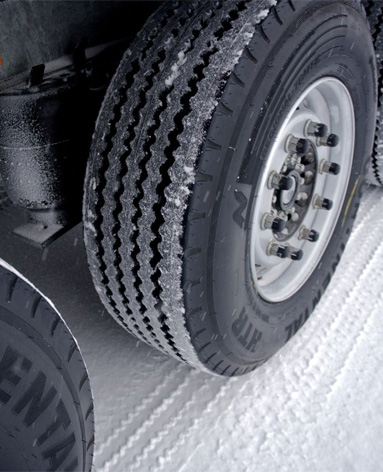Nov . 10, 2024 08:03 Back to list
When to Change Brake Drums and Shoes for Optimal Vehicle Performance
When to Replace Brake Drums and Shoes
Brake systems are a crucial component of any vehicle, ensuring safety and control on the road. Among the various parts that make up a braking system, brake drums and shoes play a vital role, particularly in drum brake systems. Understanding when to replace these components is essential for maintaining the effectiveness of your brakes and, overall, your vehicle's safety.
What are Brake Drums and Shoes?
Brake drums are circular components that house the brakes of drum brake systems. They rotate with the wheel and are connected to the wheel hub. Brake shoes, on the other hand, are semi-circular components that press against the inside of the drum to create friction, slowing down or stopping the vehicle. Over time, these components wear out due to the friction generated during braking.
Signs You Need to Replace Brake Drums and Shoes
1. Squeaking or Squealing Noises One of the earliest signs that your brake shoes may need replacement is the presence of squeaking or squealing noises when you apply the brakes. Many brake shoes are equipped with wear indicators, which are designed to emit a high-pitched sound when the shoes are worn down to a certain level.
2. Grinding Sounds If you hear a grinding noise when braking, this could indicate that the brake shoes have worn down completely, and the metal backing is making contact with the brake drum. This situation is critical and should be addressed immediately to avoid further damage to both the shoes and drums.
3. Vibration or Pulsation If you notice a vibration or pulsation when applying the brakes, it may suggest that the brake drums are warped due to excessive heat or wear. This not only affects performance but can also lead to uneven wear of the brake shoes.
when to replace brake drums and shoes

4. Poor Braking Performance If you find that your vehicle takes longer to stop or if the brakes feel less responsive, it could be an indicator that the brake shoes are worn out or that the drums are damaged. Inconsistent braking can be dangerous.
5. Visual Inspection Regular visual inspections can also help in identifying the need for replacement. If you can see significant grooves, cracks, or discoloration on the surface of the brake drum, it's time for a replacement. Similarly, if the brake shoes appear thin with little friction material left, they should be replaced.
6. Mileage It is also wise to adhere to a maintenance schedule based on mileage. Brake drums and shoes should be inspected every 20,000 miles and replaced as needed. However, driving habits and conditions can significantly affect this lifespan. For instance, frequent stop-and-go driving, towing, or mountainous driving can lead to quicker wear.
Importance of Timely Replacement
Replacing brake drums and shoes in a timely manner is critical not only for vehicle performance but for safety. Worn-out components can lead to increased stopping distances and reduced control, especially in emergencies. Moreover, neglecting to replace worn brake drums may lead to costly damage to other braking system components.
Conclusion
Maintaining your vehicle’s brake system requires vigilance and attention to signs of wear. By being proactive and aware of when to replace brake drums and shoes, you ensure that your vehicle remains safe and effective on the road. Regular inspections and understanding the signs of wear can save you from potential hazards and costly repairs. Always consult with a qualified mechanic if you're unsure about the condition of your brake system, and invest in quality parts to ensure your safety and driving experience.
-
Scania Brake Drums: OEM Quality for Optimal Safety & Durability
NewsAug.16,2025
-
R.V.I: Advanced Remote Visual Inspection for Precision
NewsAug.15,2025
-
Discover HYUNDA: Innovative Vehicles, Equipment & Solutions
NewsAug.14,2025
-
R.V.I: Unlock Advanced Insights & Real-time Performance
NewsAug.13,2025
-
Kamaz Brake Drum: Durable & Reliable for Heavy Duty Trucks
NewsAug.12,2025
-
Heavy Duty Iveco Brake Drum - Premium Quality & Safety
NewsAug.11,2025
